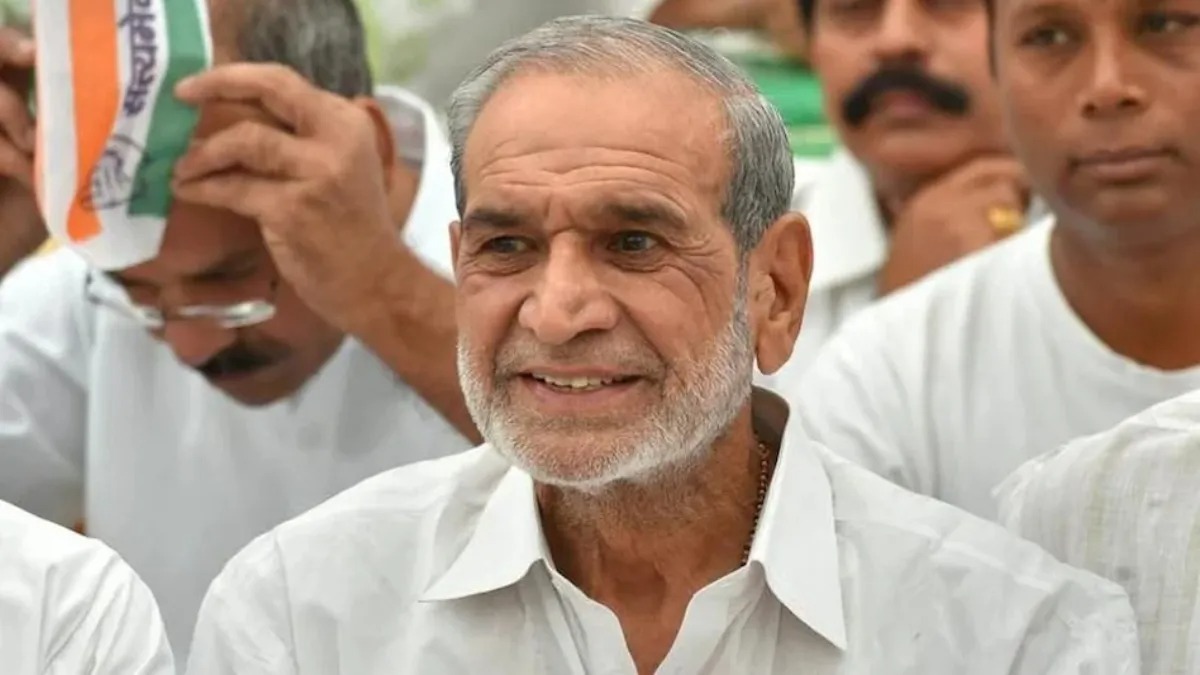
Former Congress leader Sajjan Kumar has been sentenced to life imprisonment for his role in the 1984 anti-Sikh riots, where a father and son were burned alive. The verdict is seen as a significant step in the long-delayed justice process for the victims of the riots.
The 1984 anti-Sikh riots were one of the darkest events in Indian history, resulting in the deaths of thousands of Sikhs across the country. Let’s look at the full timeline of the riots and how Sajjan Kumar was finally brought to justice.
What Was Sajjan Kumar Convicted For?
Sajjan Kumar was found guilty of:
- Inciting violence against Sikhs
- Leading a mob that set a Sikh family’s house on fire
- Murdering a father and son by burning them alive
- Spreading communal hatred during the riots
Despite escaping conviction for decades, the court found overwhelming evidence of his role in the massacre and sentenced him to life imprisonment till death.
Timeline of the 1984 Anti-Sikh Riots
October 31, 1984 – Indira Gandhi Assassination
- Prime Minister Indira Gandhi was assassinated by her Sikh bodyguards at her residence in Delhi.
- The killing was in retaliation for Operation Blue Star, where the Indian Army entered the Golden Temple to remove militants.
- Soon after her death, anti-Sikh riots erupted across Delhi and other parts of India.
November 1-3, 1984 – Massacre of Sikhs Begins
- Mobs armed with rods, petrol, and firearms began targeting Sikhs.
- Sikh homes, businesses, and Gurdwaras were burned.
- Thousands of Sikhs were killed, burned alive, or brutally attacked.
- Police and government authorities failed to act, allowing the violence to escalate.
Key Accused Leaders
Several politicians were accused of inciting and leading mobs against Sikhs. Among them, Sajjan Kumar, Jagdish Tytler, and HKL Bhagat were repeatedly named by survivors.
Delayed Justice and Legal Battles
1985-1990: Initial Investigations Fail
- Several commissions and committees were set up, but no strong action was taken.
- Many cases were closed due to lack of evidence or political influence.
2000s: Reopening of Cases
- As survivors and activists continued to demand justice, courts began reopening some cases.
- In 2005, the Nanavati Commission recommended action against Sajjan Kumar and others.
2018: Sajjan Kumar Convicted
- After decades of legal battles, the Delhi High Court found Sajjan Kumar guilty of multiple crimes, including murder, arson, and inciting violence.
- He was sentenced to life imprisonment, with the court stating that the riots were a “genocide” deliberately planned to target Sikhs.
Why Was Justice Delayed?
- Political Influence – Many accused leaders held powerful positions, delaying investigations.
- Witness Intimidation – Several witnesses either disappeared or were threatened over the years.
- Lack of Evidence Collection – Many cases were dismissed due to improper documentation of crimes.
- Weak Legal Action – Multiple commissions were set up, but strong legal action was not taken until later.
--Advertisement--

 Share
Share



